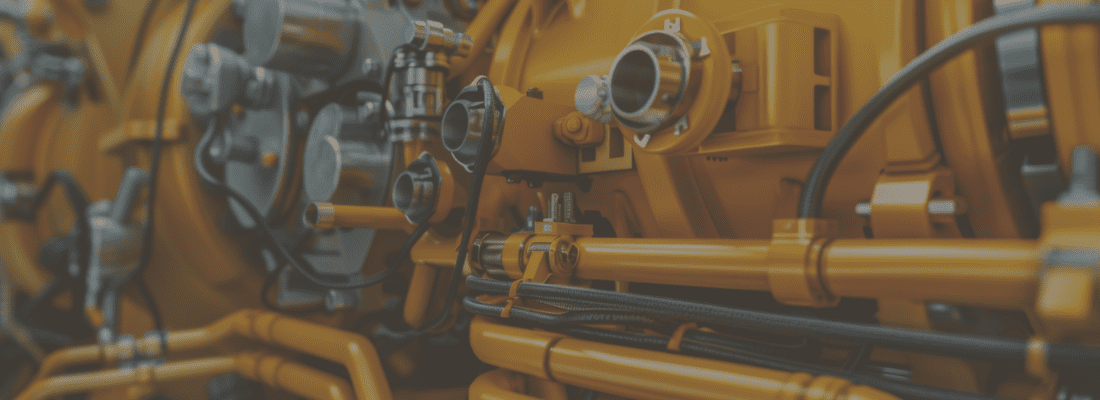Catch Pesky Particle Contamination

Did you know 80% of failures in hydraulic systems can be traced back to contamination? Particle contamination is the most common, most detrimental type of contamination, can come from many different sources and can include dirt, metal, soot and rust.
How do these pesky particles enter your system?
Sources contributing to particle contamination can include:
- Lubricant additives
- Sample bottle cleanliness
- Poor oil sampling procedures
- Air entrainment
- Use of improper reservoir covers
- Transport, distribution and transferring of new lubricants
Due to the wide range of potential sources and cause of particle contamination, it’s important to identify it before it can cause issues including:
- Increased wear and tear on bearings, gears and seals
- Lubricant degradation
- Clogged filters causing fluid flow restriction
- Pitting, scoring or cracking in critical components
- System malfunction (jammed valves and surface erosion)
- Overheating
Performing Particle Count Testing
If you have pesky particle contaminates within your system, chances are standard testing with Inductively Coupled Plasma (ICP) won’t catch the real problem. ICP can only fully analyze a particle at approximately 10 µm in diameter and gives no indication of the morphology or distribution of the particles.
Particle count is one of the best available tools for measuring system cleanliness. This test is suitable for most (but not all) fluid types and systems and can count particles as small as ≥ 4 µm and can lead maintenance professionals to identify the source of the contamination and assess the damage that has occurred to the component.
Evaluating the use case, objectives, and system type are key to determining whether particle count and other tests may provide the most valuable data. Particle count is crucial to maintaining the performance and longevity of sensitive components with small clearances.
It is recommended to perform particle count testing to determine the number and size of particles in these components:
- Hydraulics
- Compressors
- Turbines
- Circulating systems
- Automatic transmissions
- Natural gas engines
- Robotics
- Injection molding machines
- Bearing and gear systems
Should you be performing Particle Count to address system contamination? View the HORIZON Technical Bulletin Particle Count: When to Use it and Why
Explore different test methods for counting particles in the HORIZON Technical Bulletin Particle Count Test Techniques
Ready to improve system cleanliness and address those pesky particles?
Contact your Account Manager or Customer Experience at service@eoilreports.com or call +1 317-808-3750.
Published January 7, 2025



